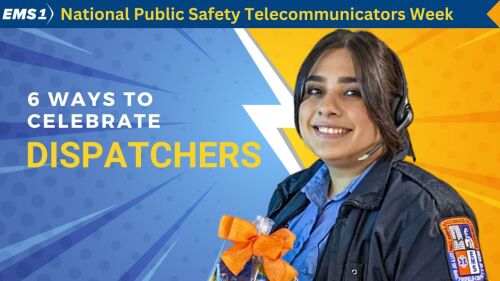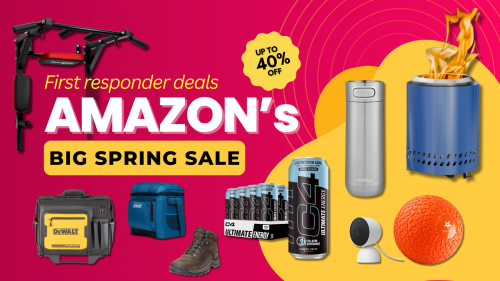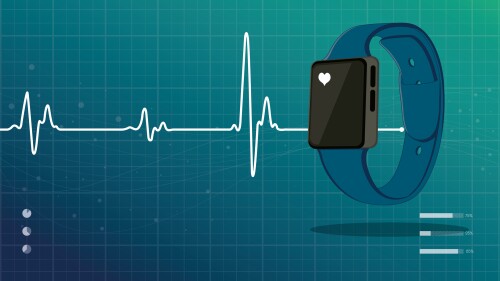By Brian Hupp
When it comes to public safety duty gear, leather remains a go-to material for its strength, flexibility, and classic look. But like your own skin, leather can burn, crack and degrade if not properly maintained. With the right care, however, it can last your entire career.
Understanding the types of leather
There are two main types of leather used in public safety equipment:
- Full-grain leather is the highest quality and includes all layers of the hide — from the outer skin to the inner fibers. It’s thick, durable, and easy to maintain with a little effort. While more expensive, it will stand the test of time when properly cared for.
- Bonded leather is made from leather scraps fused together with adhesive, often coated in a high-gloss polymer for a patent leather appearance. While it’s budget-friendly and easy to clean, bonded leather wears out quickly and is more prone to damage.
Caring for full-grain leather
Think of caring for leather the same way you care for your skin: keep it clean and dry — but not too dry — avoid harsh exposure, and make repairs when needed. Unlike skin, however, leather can’t heal itself. Without maintenance, it will crack, lose its shape, and degrade over time.
Cleaning your leather
There are many products available for cleaning leather gear, but it’s important to start with what not to use. Avoid anything with an acidic base, such as polish removers, solvents, bleach, or vinegar. While these may clean the surface, they can cause irreparable damage to the leather.
The safest and most effective method is soap and water. You can use saddle soap, which is widely available, or a gentle soap you would use on your skin — even mild dish soap works well. Avoid soaps that contain lotion, perfumes, or pore cleansers.
Use only small amounts of warm water. Unlike skin, leather is no longer alive and will absorb water quickly. Excess moisture can alter its shape, stiffen soft leather, or change its color. Always start with the least amount of water and the mildest soap or cream — you can add more as needed, but you can’t undo damage once it’s done.
Before using a new soap on your leather, test it in an inconspicuous area, such as a belt end or corner, to ensure it won’t cause harm. Clean your leather gear when it is visibly dirty, or at least once or twice a year.
Recommended cleaning products:
- Saddle soap (e.g., Fiebing’s)
- Dr. Jackson’s (Tandy Leather)
- Old-fashioned shaving cream (non-gel)
- Leather Honey
Use warm water sparingly, apply soap with a soft cloth, and always test on an inconspicuous area first. Over-saturating the leather can warp its shape or alter its color.
Conditioning the leather
I’ve found the best leather care comes from using a leather cream or paste with a high wax concentration. While oils like Neatsfoot oil are also an option, they tend to darken the leather and may alter its texture. I typically reserve these oils for fire-rescue gear, where function takes priority over appearance — no one minds if a hose strap doesn’t have a polished shine.
However, I don’t recommend using oils on law enforcement duty gear, as they can make the leather difficult to polish. My go-to leather conditioner is made primarily from beeswax. In my experience, natural conditioners provide the best results with minimal side effects for the leather.
Recommended conditioners:
- Obenauf’s (top choice for longevity and minimal side effects)
- Dr. Jackson’s (Tandy Leather)
- Leather Better
- Leather Honey
Wax-based products preserve the leather’s shine and integrity without affecting its ability to be polished.
Preserving and restoring leather color
If your leather gear has experienced abrasion or wear, you may notice the color starting to fade. This is especially common with black boots that haven’t been properly maintained, which often take on a gray hue. Regular care and polishing can prevent this fading — and in mild cases, even restore the original appearance.
For more severe discoloration, I recommend using an oil-based leather dye. Oil-based dyes absorb evenly into the leather, avoiding streaks and ensuring a uniform finish once dry. You can apply the dye with wool daubers or a clean, lint-free cloth.
Always test the dye in an inconspicuous area first — such as the underside of a strap or a corner — to make sure you’re happy with the results. Allow the dyed leather to dry at least twice as long as you think it needs, keeping it out of direct sunlight and letting it dry naturally.
Recommended dyes:
- Tandy Leather oil-based dyes
- Leather dye touch-up pens (available at craft stores)
Test dye on a hidden area first. Apply with a lint-free cloth or wool dauber, allow to dry naturally out of direct sunlight, and give it double the drying time you think it needs.
Polishing your leather gear
There are just as many ways to polish your boots the wrong way as there are the right way. While it would be impossible to cover every do and don’t, here are some of the most important tips to keep your gear looking sharp and lasting longer.
Do:
- Always clean the leather before polishing. Make sure it’s mostly dry.
- Apply a small amount of polish to a soft, low-lint cloth.
- Use a slightly damp cloth to help work the polish into the leather’s pores instead of just absorbing it into the cloth.
- Work in small circles, covering just 2–3 square inches at a time.
- If polish begins to build up, stop and switch to a clean section of the cloth to buff it out.
- Think of it like waxing a car — finish with overlapping circles for an even shine.
- Buff the surface with a horsehair brush and finish with a light, cold-water buff to help seal the pores.
Don’t:
- Don’t slather on polish and set it on fire — yes, some people do this, but it’s a fast way to ruin your gear.
- Avoid using a heat gun or blow dryer unless you’re highly experienced. Most who try this burn their leather before they master the technique.
- Don’t use liquid shoe polish. It’s essentially paint and will crack over time — definitely not worth it.
- Don’t polish more often than you clean. Too much polish buildup means you’re just layering wax over old polish instead of nourishing the leather.
- Don’t be afraid to use a damp cloth occasionally to strip off old polish and start fresh — but do this sparingly. Overdoing it can leave your boots looking dull and sloppy.
As one of my fire school instructors once put it: “You don’t want it to look like you polished your gear with a melted chocolate bar.”
Recommended polishes:
Quick leather gear cleaning hacks
You can also use leather wipes designed for cleaning leather furniture or car interiors but make sure they’re formulated for genuine leather, not vinyl. Avoid using antibacterial wipes, alcohol-based hand gels, or any products not specifically intended for leather care, as these can dry out or damage the material. When your gear is properly polished, even a scuff can often be removed with a quick wipe from a soft cloth.
General leather gear maintenance tips
Keep your leather gear dry and out of the elements when not in use. Store it on a hanger or lay it flat on a dresser — never jam it into tight spaces or leave it crushed under a bag in your car or locker. Once a crease or fold sets into leather, it’s difficult to remove. For pouches or cases that will sit empty, stuff them with folded paper or cloth to help maintain their shape and prevent sagging.
Caring for bonded leather
Bonded leather is less forgiving than full-grain. It doesn’t respond well to most conditioning products, but for surface cleaning, you can use:
- Armor All wipes (for vinyl furniture or car interiors)
Just remember: bonded leather will never last as long or look as good as full-grain. It’s best for items where appearance is less important or frequent replacement is expected.
ABOUT THE AUTHOR
Brian Hupp has served as a first responder since 2000 and a leather smith since 2010. His handmade projects include radio straps, hose straps, tool cases, belts, holsters and duty gear. Among his favorites, a radar gun holster for the Richmond Police Mounted Unit and gear for the Richmond Pipes and Drums band.



























































